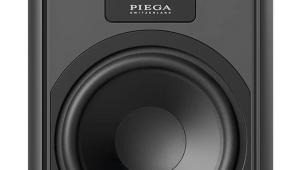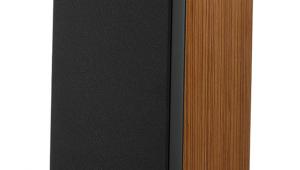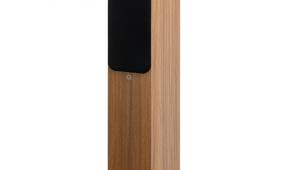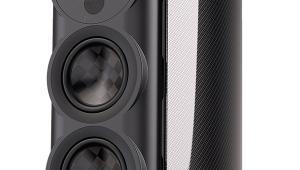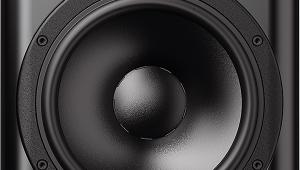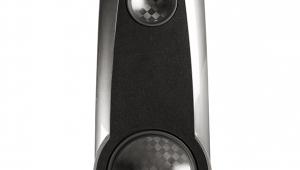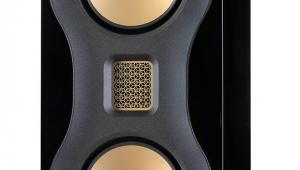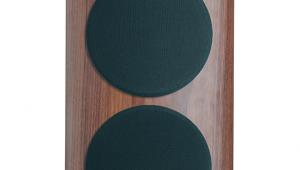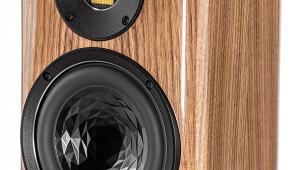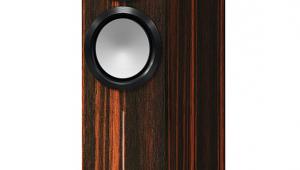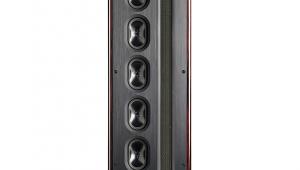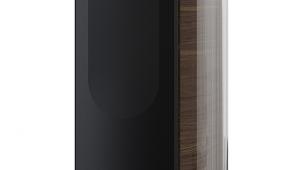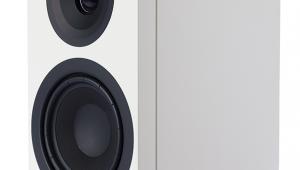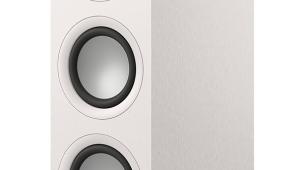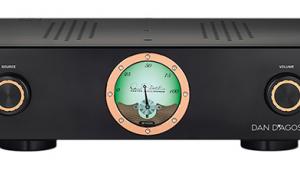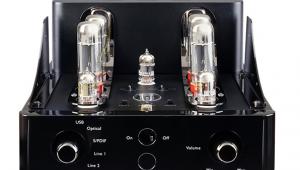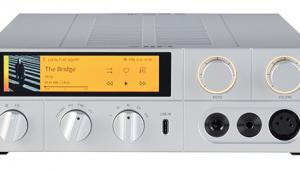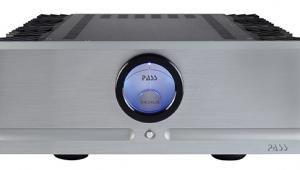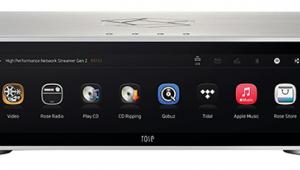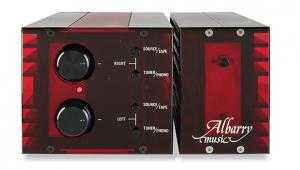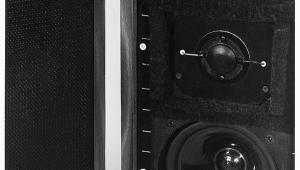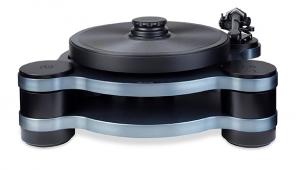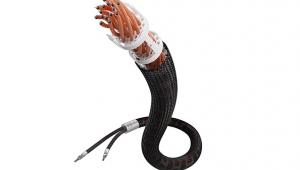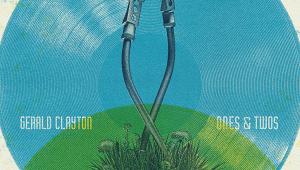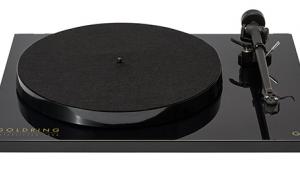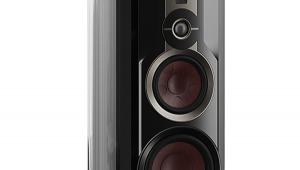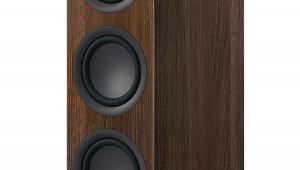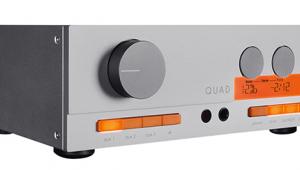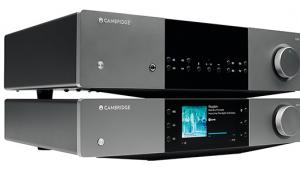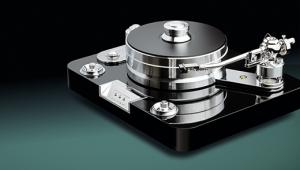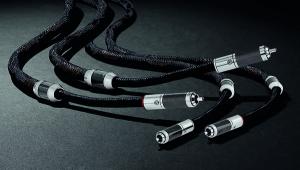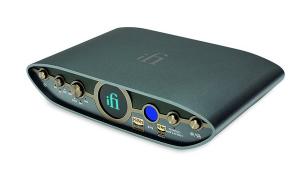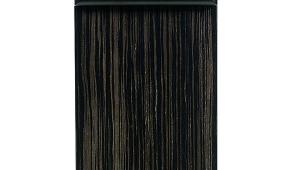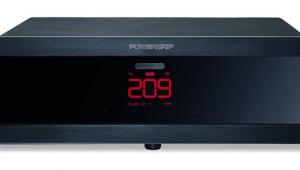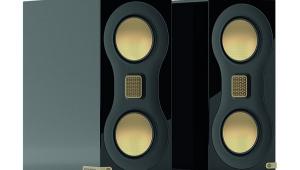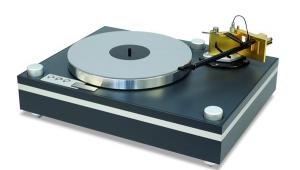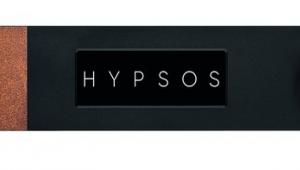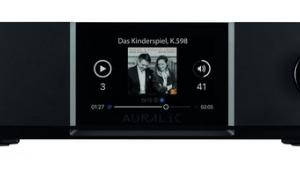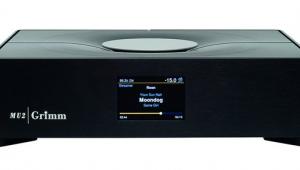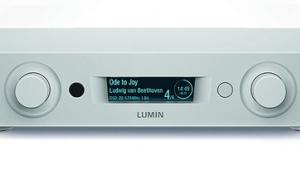Epos Model ES-7N loudspeaker
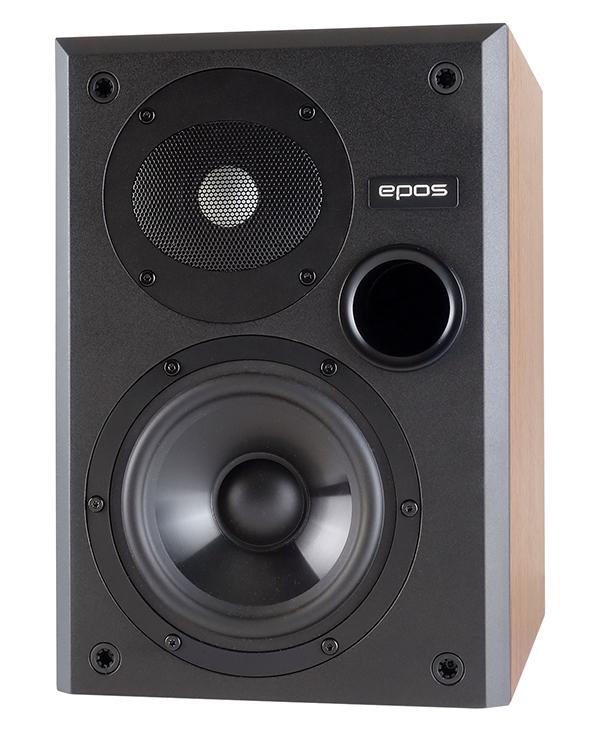

The rebirth of classic UK brand Epos got off to a flying start when eminent loudspeaker designer Karl-Heinz Fink bought the brand from Creek Audio in 2020. As his first move he created a new iteration of the ES-14, one of Epos’s most beloved products, but this wasn’t a nostalgia project despite some Back To The Future-themed marketing. Instead, Fink took the basic principles of the original model and designed a new speaker utilising modern technologies. That was a clever move, for while the resulting ES-14N [HFN Jul ’23] might not be as true to the original as some would like – it’s undoubtedly better.
The two-way reflex-loaded ES-7N seen here is not an attempt to revive another Epos classic. Rather, it’s a small bookshelf made at the request of dealers and customers who found the ES-14N too large, especially in combination with its bespoke stands. A more sensible product then, at least for people living in compact dwellings, and far more accessible at £1890 instead of £4400. Arriving soon is an ES-28N floorstander, presented at Munich’s High End show in May 2024. This third speaker completes Epos’s ES range – which makes me curious to see what Fink will next pull out of his sleeve.
Shared elements
While the boxy cabinet of the ES-7N is deeper and more square than typical bookshelf designs, it looks much more conventional than the ES-14N, with its angled baffle and large chamfers. However, even though they’re different in appearance, elements are shared between the two. For one thing, the 28mm aluminium-ceramic dome tweeter with large, ferrofluid-free dual-layer voice coil is the same, as is the woofer’s Mica-filled polypropylene cone material and double-ferrite magnets. The bass unit is smaller here, of course, at 130mm.
Karl-Heinz Fink is well known for attributing great importance to cabinet resonances. Or rather, avoiding these vibrations that ‘muddy’ the sound image. No surprise then that the ES-7N is quite hefty, thanks to a layered construction featuring a damping layer constrained between a pair of 8mm-thick MDF panels. Inside, an additional wooden block is fixed to the top panel to further stiffen the cabinet and help ‘optimise’ the stereo image.
Orange appeal
Epos under Fink launches each new loudspeaker with a limited run in an eye-catching colourway. These are unique to the specific model, with the ES-14N available in petrol blue and the forthcoming ES-28N dressed in a mint green. For the ES-7N, a bright orange has been selected [see cover], somewhat reminiscent of the plastic 1970s furniture that is still sold for silly prices in vintage shops. Or maybe Fink wanted to cater to fans of the Dutch national football team?
In any case, the semi-matte orange finish isn’t your only option. Next to white and black – both also in a semi-matte that shouldn’t highlight dust – there’s the handsome old-school walnut of our review pair. And to be honest, when you’re sat in your listening chair, your chosen ES-7N colourway won’t be very noticeable, as the front baffle (chamfered again, but more subtly, to reduce diffraction) is completely black.
There are grilles included in the box, but Fink himself advises removing them for ‘maximum’ performance, something backed up by PM’s own findings [see PM's Lab Report]. Dumping them reveals the asymmetrical layout of the ES-7N’s two drivers, with both pushed to one side to create space for a front-facing reflex port. The speakers are handed pairs, each unit mirroring the other, and while there’s no direct indication as to which should go left and right, Fink advises placing the tweeter on the inside.
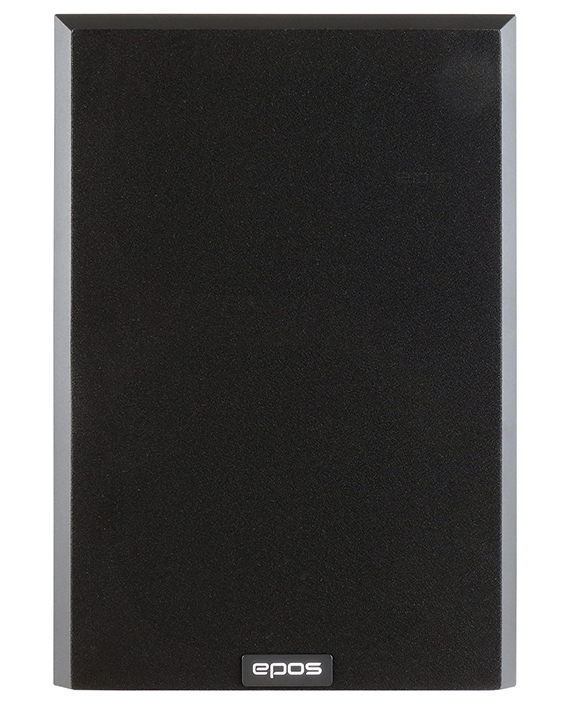
The front facing port gives the ES-7N a ‘busier’ look, but also makes it more amenable to siting close to a rear wall. That’s not unimportant in a smaller living room, where some might want (and need) to place the speakers on a cabinet, for example. Epos doesn’t offer dedicated stands for these small speakers, but a 70cm stand should suffice.
The manufacturer also mentions the possibility of installing the ES-7Ns in a cupboard or a divider, such as the Kallax unit from IKEA that’s favoured by vinyl collectors. While that isn’t an ideal situation, the fact Fink has considered this shows grounded thinking often lacking in the hi-fi industry – not everyone has the space or means for a dedicated room. Further emphasising this approach is a two-position switch on the rear of the speaker, between its single set of binding posts, to adapt its response depending on placement [see boxout].
While the acoustic design is entirely contemporary, the ES-7N does play into the longing of many hi-fi enthusiasts for the products of yesteryear. The same can be said of Musical Fidelity’s EISA Award-winning A1 amplifier [HFN Jan ’24], an updated version of the 1987 original, whose tube-like sound quality seemed potentially a good match with these even-handed Epos speakers. Models designed by Fink tend to have a certain ‘sound’, not one of embellishment I hasten to add, but with a natural balance that encourages long listening sessions. That’s the case here too.
Hooking up an Eversolo DMP-A8 streamer/DAC [HFN May ’24] and Pro-Ject X2 B turntable [HFN Sep ’22] with an MC9 cartridge [HFN Jul ’24] as sources, the result was a tidy system that covered off most needs. Presumably, somebody considering these petite loudspeakers would be pairing them with similarly compact electronics, after all. I tested them in freestanding mode, where they proved able to build an imposing wall of sound with the opening track, ‘Reason To Hide’, from Oneida’s recent Expensive Air album [JNR474CD; 96kHz/24-bit].
Featuring the Brooklyn, NY band’s customarily distorted guitars played at speed, and layers of electronic noise and shouted vocals, this album challenges every loudspeaker to avoid a muddy presentation. Yet from the get-go, the sheer scale the ES-7Ns delivered was impressive, especially considering their size, and however chaotic the music became, including on the punkish ‘La Plage’, Epos’s small speakers exhibited excellent coherence and control. The cabinet damping surely played a role here, ensuring the ES-7Ns didn’t become overwhelmed by the high-energy capers of a hard-driving guitar band.

This was also a plus when taking a more melodic turn in metal territory on The Great War [NB 4865-1], the 2019 set from Swedish guitar-wielding war historiographers Sabaton. Leaving the deluxe ‘History’ version on yellow vinyl aside, which features introductory narrations for each track, ‘82nd All The Way’ and ‘The Red Barron’ were two songs the Epos ES-7N loudspeakers handled deftly. Here they infused an epic stadium feel to the proceedings, with breadth and width to make it an enjoyable listen from every position on the sofa.
String theory
Reverting to Alberto Ginastera’s ‘Violin Concerto, Op.30’, as performed by the Frankfurt Radio Symphony with Andrés Orozco-Estrada conducting [Eclipse; DG 4862383; 48kHz/24-bit], I was struck by the gritty texture of the violin. This work, which mostly consists of short ‘studies’ (some less than a minute long), begins with a longer solo that let me concentrate on Hillary Hahn’s virtuosic playing. As the first movement shifted gear in the second study, introducing the full orchestra, the ES-7N’s sound didn’t collapse when confronted with big percussion dynamics. The timpani sounded full-bodied, and there was nothing lacking in the bass performance either.
Even though Epos’s ES-7N isn’t a large bookshelf design, it can communicate the sense of being in a spacious orchestra hall. This enticed me to hang around for the next part of this hotchpotch recording, made during the Covid-19 pandemic over several months. Most classical music fans will know ‘1. Moderato’, from Pablo de Sarasate’s Carmen Fantasy, off by heart, but the ES-7N’s delicious midrange made listening to this Hahn version again worthwhile. Particularly impressive here was how the nimble handling of the violin and other instruments conveyed a sense of speed during the rapid, high-pitched sequences.
Round of applause
Switching over to a Primare SC15 MK2 DAC and I15 amplifier [HFN Oct ’18], two more small-footprint components, the imaging skills of the ES-7N were on show from the first notes of Roy Ayers Ubiquity’s ‘Hey, Uh, What You Say Come On’ from Everybody Loves The Sunshine [Polydor 833 844-2], where the titular chant and clapping hands faded in and spread out through the room. This feelgood 1976 release got a second life recently after US presidential candidate Kamala Harris picked it up on vinyl (with the cameras handy, of course), and declared it an album ‘everyone should know’. There’s no faulting her musical taste – it’s a landmark funk album – and there was also no faulting the ES-7Ns delivery of its ten tracks. Epos’s new loudspeaker excelled at highlighting the various instruments, including the twang of Ronny Drayton’s electric guitar, and the inescapable xylophone, while ensuring the funk rhythms kept driving the songs along.
Seventh heaven
Primare’s integrated amplifier made these speakers sound a tad more ‘honest’. While the overall tonal balance remained warm, resolution was increased compared to the Musical Fidelity A1, albeit not to a huge extent. It was more a case of different seasoning rather than a truly different sound, showing that the ES-7N is an accomplished performer even when used with very different types of amplification. But then again, this is a loudspeaker that tries its best to blend into the music – and comfortably succeeds.
Hi-Fi News Verdict
While not minuscule, the ES-7N is still small enough to fit into compact living rooms unfriendly to larger units. Proving that a compact speaker built with true engineering chops and experience doesn’t need to disappoint when bringing music to life, it delivers the goods when it comes to detail, room-filling dynamics and pure enjoyment. For its price, Epos’s entry-level model is hard to beat, on stands or a shelf.
Sound Quality: 88%
